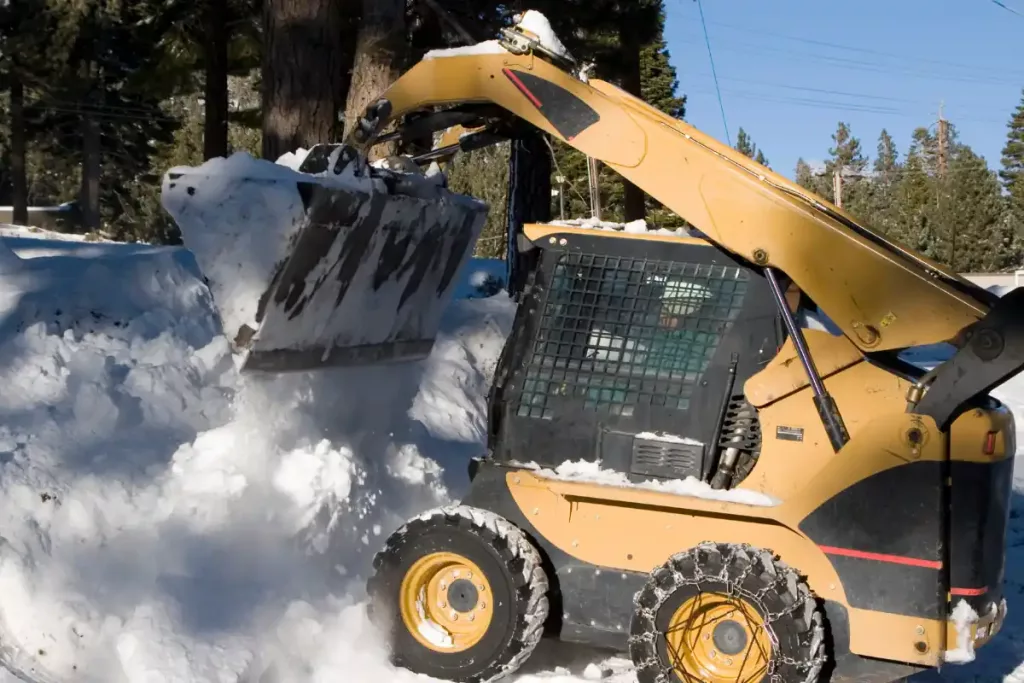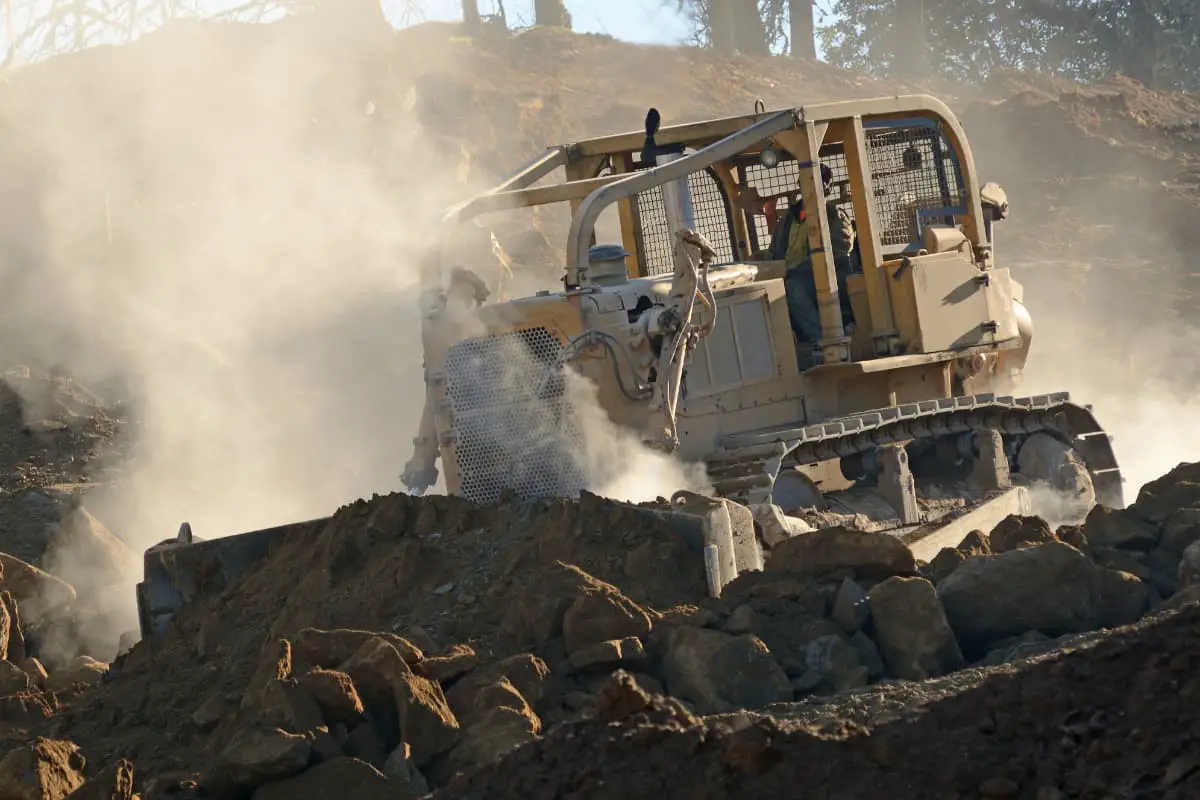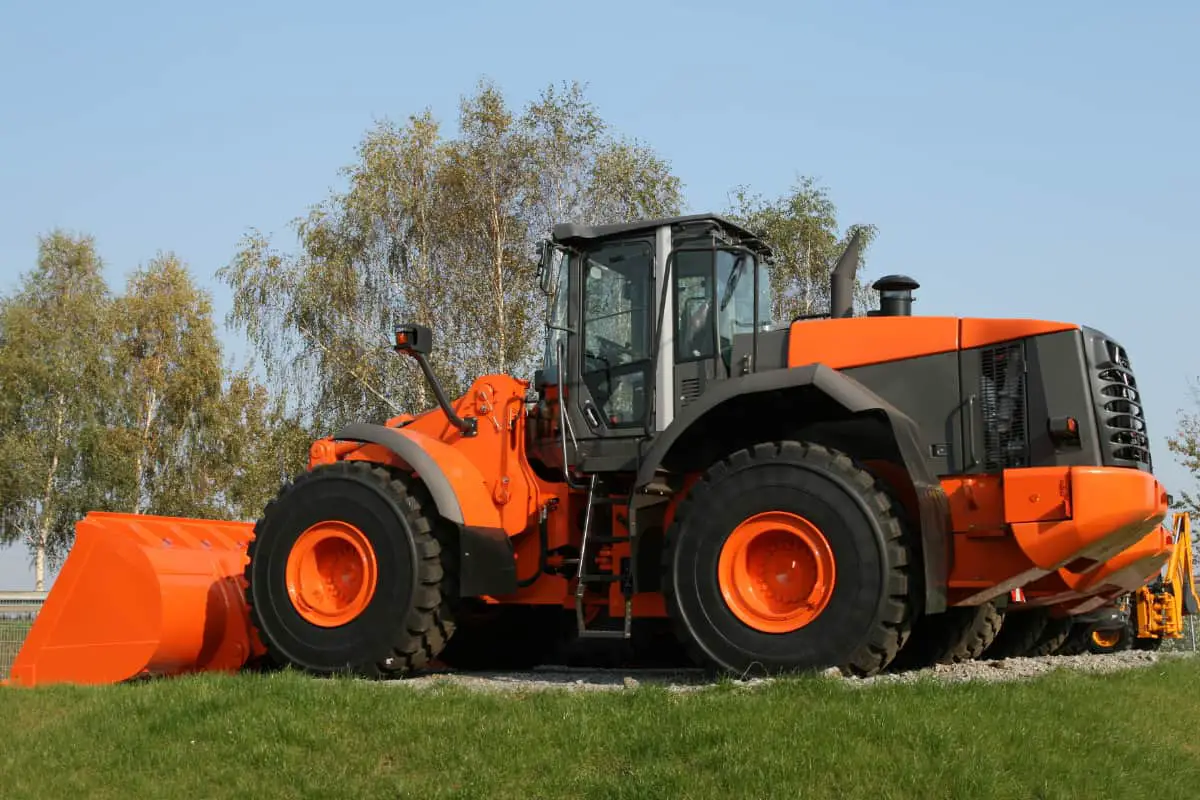There are a variety of tasks that small bulldozers can accomplish. These machines’ power, versatility, and mobility are just a few characteristics.
Let’s explore some of the more common uses of these machines. This article will introduce some of the different types of small bulldozers and how they are used.

Their versatility
The versatility of small bulldozers is largely due to their size and maneuverability. They can operate in narrower spaces and have a smaller weight than larger models.
As a result, they are ideal for various types of infrastructure projects. In addition, their size makes them ideal for residential and general construction jobs where accessibility to larger equipment is restricted.
While heavy bulldozers are familiar at job sites, much construction is done by smaller versions of the machines.
There are several manufacturers that produce these compact versions, including Caterpillar, Case, Komatsu, John Deere, New Holland, Rayco Mfg. The growth of the housing industry is driving the demand for smaller dozers.
The small bulldozer’s low center of gravity and rugged track system allows it to operate in rough terrain and on steep slopes.
Like most other types of construction machinery, bulldozers have powerful engines that move the heavy materials around the job site.
Newer engines are more fuel-efficient than older ones, while still providing the performance a smaller machine needs.
Although small dozers can’t cut rock, they are highly effective at breaking up hard pan and compacted soil. This helps them get better blade loads and improve job site efficiency.
Another useful feature is their low ground pressure, wide track, and extra-long tracks. In addition to their versatile capabilities, the small dozer is easy to operate.
As a result, they are a useful piece of equipment for many types of projects. Their ability to move soil has a significant impact on the construction industry.
Small bulldozers’ versatility has been a boon for a company with many construction projects.
Their mobility
Small bulldozers are more compact than traditional bulldozers, making them ideal for projects that require increased maneuverability and versatility.
These machines have several different uses, including road construction, mining, and winter sports grounds. These machines also have low emissions, which make them an environmentally friendly choice.
Some of the smaller bulldozers are used for demolition purposes. Some of these machines are armored, allowing the driver to be protected from enemy fire.
This allows them to perform demolition and construction work in conflict zones. One of the most famous armored bulldozers is the Caterpillar D9, which the Israeli Defense Forces use.
Although Caterpillar no longer manufactures armored bulldozers, various users buy the armor kits from the IDF. This adds about 10 tonnes to the weight of the bulldozer, which weighs 49 metric tons without armor.
Small bulldozers are used for the mobility they provide. They are equipped with high-power engines that drive the hydraulic system.
The engines range from seventy to one thousand horsepower. Blades are usually either u-blades or semi-universal. The latter is smaller than u-blades, but still features side wings and a curved shape.
Another type of bulldozer is the crawler bulldozer, which runs on tracks. They look similar to tractors and are very effective at moving heavy materials.
Some crawlers also have rippers for crushing. The wheel dozer is normally much larger than the crawler and is much more maneuverable, allowing the operator to work in confined spaces. These machines are especially useful in spongy ground.
The wheels and tracks of a wheel bulldozer allow it to move around construction sites easily.
These bulldozers can also be used for sensitive surfaces since the wheels cause less disturbance than tracks. They are used in the same way as large tracked bulldozers but can work in smaller spaces.
Why Are Small Bulldozers Specifically Called “Bulldozers”?
Small bulldozers are specifically called bulldozers because of their unique function. These powerful machines are capable of pushing and clearing debris and earth, resembling the determined nature of a bulldog. Hence, the term bulldozer was coined to reflect their ability to bulldoze through obstacles efficiently. That’s why bulldozers are called that.
Their power
A small bulldozer is not a big machine, but it can still do many local tasks well. Its smaller size makes it great for small tasks, like piling brush or clearing a site.
However, it is not an ideal machine for sites that need to be left undisturbed. Its small size also means that it cannot access tight spaces or disturb areas that need to remain unaffected. However, it is still useful for small jobs, such as clearing a path, walkway or trail.
The power of a small bulldozer depends on the type of blade that is used on it. Some machines use straight blades, which are best suited to earthmoving tasks.
Others use U-blades, which have a pronounced vertical curve and are better for moving loose materials.
The power of a bulldozer is transmitted to the blade via a hydraulic system. This power is provided to the blade by a long shaft that is mounted in the front of the machine.
The blade is attached to the cylinders at two joints, and the lower end is fixed to two large steel pins.
Small bulldozers’ power is low, but their weight is high. Small bulldozers have an operating weight of around 46,000 pounds.
This makes them ideal for clearing land, plowing snow, and moving materials around a jobsite. Large bulldozers are machines typically found at major construction sites and mines. Their size and weight make them ideal for major land moving.
While many small bulldozers are powered by gasoline, larger versions can be operated using electricity. These machines are also used in agriculture.
Their efficiency
Modern bulldozers are equipped with a range of advanced features, including hydraulic systems, ergonomic joystick controls, and real-time monitoring.
These features can help improve the productivity and efficiency of the machines. In addition, modern bulldozers can work in a range of environments, including soft soil and sensitive areas.
They can also accommodate several attachments, enabling them to take on a variety of tasks and projects.
Small bulldozers are often used for smaller construction jobs. Their size allows them to complete a variety of tasks with greater efficiency.
For example, they can be used to clear brush and other debris without requiring too much horsepower and weight.
However, they are not as efficient as a larger bulldozer and may not be able to access tight areas. Additionally, their smaller size will not disturb areas that need to remain intact.
Often used in construction projects, bulldozers can also be used for landscaping jobs and demolition jobs.
They can also remove natural vegetation, including trees, bushes, and rubbish. Additionally, bulldozers can be used for road construction. To build a road, it is necessary to remove the natural vegetation to create a flat surface.
A small bulldozer can be used for grading and clearing and can handle up to 6,000 lbs of material. The blade is usually attached to the arm at the lower back corner.
The blade is hydraulically controlled and can be tilted to dig. A small bulldozer with a straight blade has a limited depth of dig.
These machines come equipped with an extended warranty. This coverage covers a variety of defects related to material or workmanship.
It is available through the manufacturer and covers the machine while it is in operation.
Their cost
The cost of small bulldozers is generally less than that of their larger counterparts, but the differences in the two types of blades can be substantial.
While the straight-blade models are best for general earthmoving tasks, some companies make models with a curved blade for more complex tasks. These machines can cost as little as $10,000, or as much as $40,000.
The price of small bulldozers varies according to power and size. Generally, a mid-range model with 300 horsepower will cost between $45,000 and $160,000.
However, it is important to note that such machines are expensive and may not be financially feasible for many small businesses. Consequently, renting bulldozers can be a more cost-effective option.
The latest technology has made bulldozers more powerful and easier to operate than their predecessors. They have advanced features that help them run more smoothly on rocky and steep terrains.
In addition, they offer more ergonomic design and fuel efficiency. This allows them to work more efficiently on every job.
A small bulldozer can range from nine to fourteen feet in width and eight to 12 feet tall. The horsepower of a modern bulldozer can range from 200 to 400, and most models come with air-conditioned cabins and real-time monitoring.
There are a number of online dealers with bulldozers for sale. However, before making a purchase, it is important to consider several factors.
Generally, smaller bulldozers are cheaper than their bigger counterparts because they require less building material. It is also important to choose the right size for your specific needs.
You can purchase quality bulldozers at factory prices from China. It is wise to hire a bulldozer expert for assistance with choosing the right equipment. These machines can also be purchased used.




![Bulldozer Lifespan [ When To Plan Your Replacement ]](https://heavymachineryworld.com/wp-content/uploads/2021/06/how-long-do-bulldozers-last.jpg)
